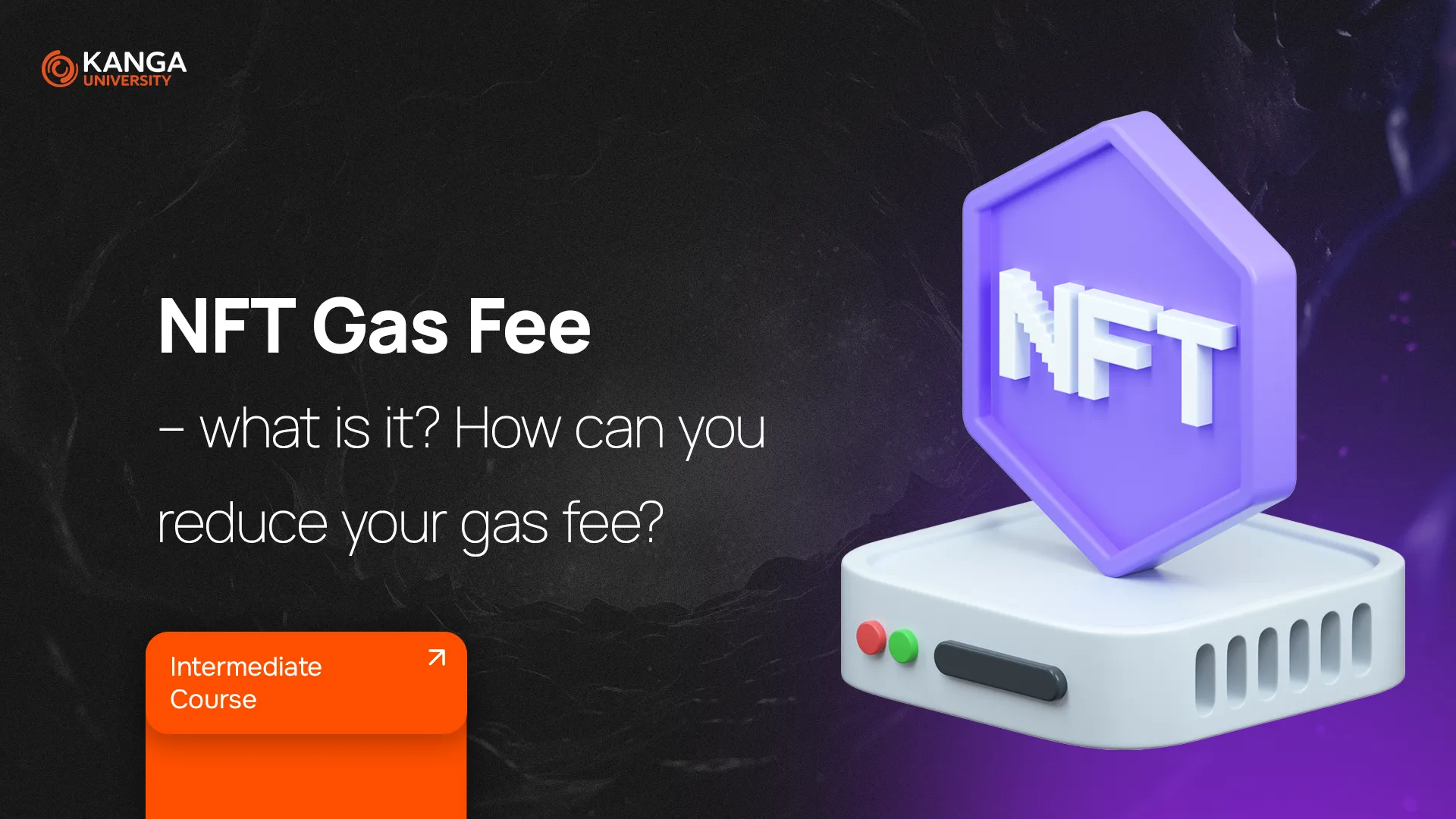
Whether you’re already an NFT holder or just curious about the topic, you’ve probably come across the term “gas fees.” These fees are a fundamental part of the blockchain ecosystem—and yes, they can get frustratingly expensive. But what are they really? Why do they exist? And most importantly—can you avoid overpaying?
Let’s break it down in this easy-to-follow lesson.
What Are Gas Fees in NFTs?
In simple terms, a gas fee is a transaction cost paid to blockchain validators. Validators are the people (or computers) that keep the network secure and running. Without incentives like gas fees, they wouldn’t have any reason to do this job.
Every action you take on the blockchain—whether you’re minting, buying, selling, or transferring an NFT—requires computing power. And that power isn’t free. Think of gas fees like credit card fees you pay when making online payments, except they go to decentralized network participants instead of a bank.
Most gas fee discussions revolve around Ethereum, the most popular blockchain for NFTs. Gas fees here can range from $5 to over $500, depending on the network’s traffic and the type of transaction.
Why Are Gas Fees So High?
Gas fees are based on supply and demand. When the network is busy—say during a hyped NFT drop or a crypto market swing—fees spike. When the network is quiet, fees go down.
Here’s the formula behind Ethereum gas fees:
Gas Fee = Gas Units × Base Fee + Tip
-
Gas units: The amount of work required
-
Base fee: Set by the network
-
Tip: Optional incentive for faster processing
The more complicated the transaction (like minting an NFT), the more gas it uses. And if you want it processed quickly, you might need to pay a higher tip to validators.
Why Are Gas Fees Important in the NFT World?
Validators (and miners in some networks) use their own hardware and electricity to process transactions. Gas fees are their payment. Without these incentives, no one would help secure the network or verify transactions.
In short: gas fees keep blockchain networks functional, fast, and secure.
They also influence transaction speed. A higher fee usually means faster processing. Lower fees may result in delays or even failed transactions if the network is too busy.
How Can You Reduce Gas Fees?
Here are five practical ways to save money on gas:
1. Transact During Off-Peak Hours.
Gas fees drop when fewer people are using the network. Use tools like etherscan.io/gastracker to find low-fee times—often early mornings (UTC) or weekends.
2. Set a Custom Gas Limit.
Most crypto wallets, like MetaMask, allow you to set a maximum fee you’re willing to pay. If the network demands more than that, the transaction simply won’t go through—helping you avoid surprise costs.
3. Adjust Transaction Priority.
You can choose from priority settings like “low,” “market,” or “aggressive.” Lower priority = lower fee, but slower confirmation. Aggressive = faster but pricier.
4. Use Ethereum Layer 2 Solutions.
Blockchains like Arbitrum, Optimism, or zkSync process transactions “off-chain” and then sync them back to Ethereum. You still get Ethereum’s security, but with a fraction of the cost.
5. Explore Cheaper Blockchains.
Platforms like Polygon, Solana, or Avalanche offer much lower gas fees—or sometimes none at all. If you’re new to NFTs, these can be more beginner-friendly.
Summary
Gas fees might seem like an annoying extra cost, but they’re essential to how blockchains—and NFTs—function. They reward the people who keep the system safe and fast.
If you’re smart about it, you can reduce how much you pay:
-
Track gas prices
-
Use off-peak hours
-
Explore Layer 2 and alternative blockchains
By learning these strategies, you can avoid unnecessary expenses and get more value from your NFT activities.